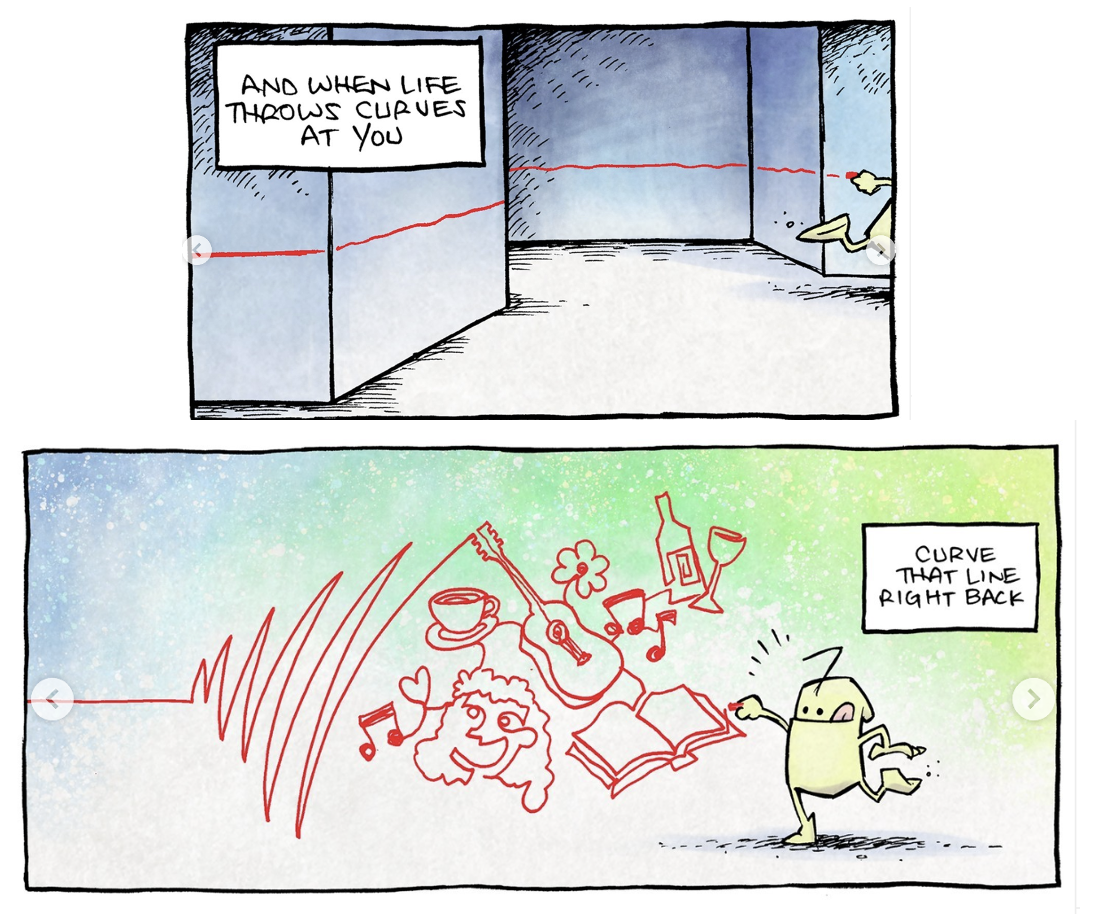Hygge
We are in Denmark this week! And I enjoying getting to know Danish culture. One of my favorite concepts is hygge.
Hygge (pronounced “hooga") is a quality of coziness and comfortableness. It permeates all parts of the Danish culture. I am fascinated with how Danes approached this concept with their interior design.
But I am drawn to the broader concept explained on the Denmark website:
“In brief, hygge is about taking time away from the daily rush to be together with people you care about - or even by yourself - to relax and enjoy life's quieter pleasure. There is no agenda. You celebrate the small joys of life or maybe discuss deeper topics. It is an opportunity to unwind and take things slow.”
A wonderful way to live. No doubt why they’re one of the happiest countries in the world.
Det er fedt! Skal vi hygge? 🇩🇰








